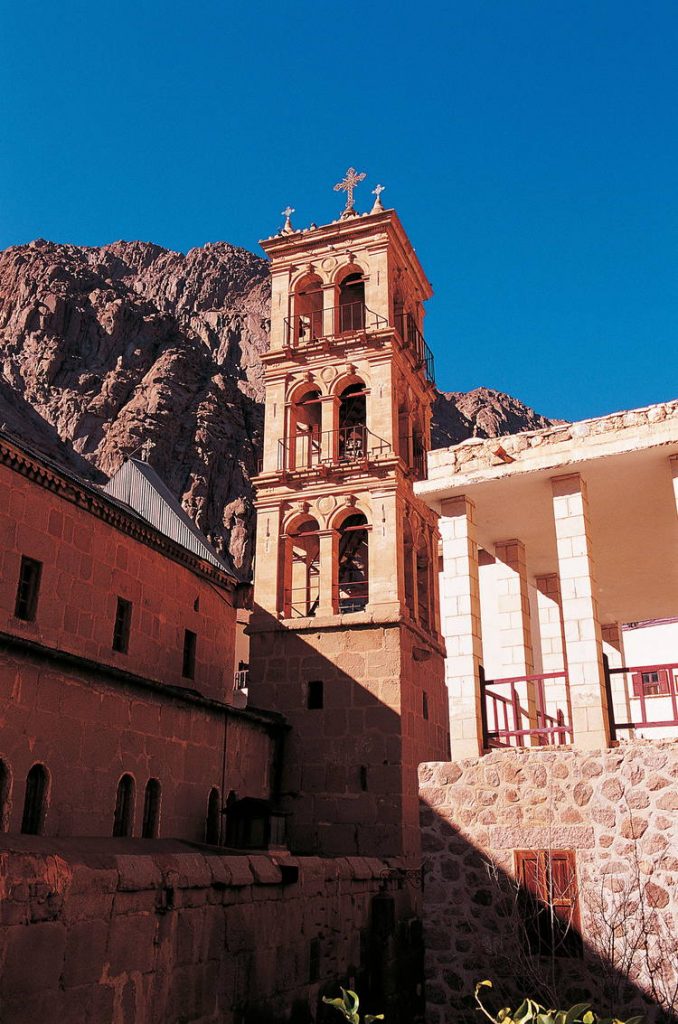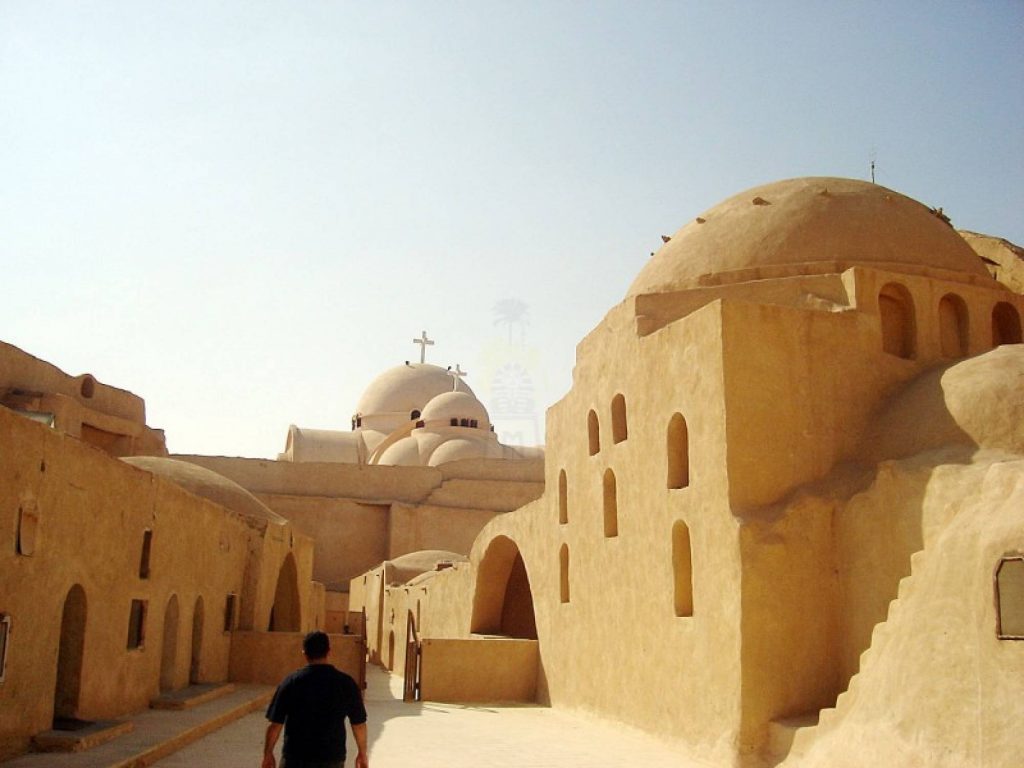In a recent announcement, the Egyptian government has decided to put forth Wadi Al-Natroun as a potential Egyptian UNESCO World Heritage Site. If the World Heritage Committee at UNESCO decides to incorporate Wadi Al-Natroun, it is to become Egypt’s eighth UNESCO World Heritage Site.
Wadi Al-Natroun is one of the holiest Egyptian sites of the Christian faith. The site includes four monasteries: St Pishoy, Paromeos, St Macarius, and Al-Suryan; these were among the 25 stops on the Holy Family’s Trail in Egypt.
In light of this announcement, we thought it would be only appropriate to share all of Egypt’s UNESCO World Heritage Sites with you. Some of them are extremely well-known, but a few are completely off the radar.
Abu Mena

Located at the heart of the Mariut desert’s dunes in Alexandria, the church, baptistry, basilicas, public buildings, streets, monasteries, houses, and workshops in this ancient Christian city were built on the ruins of the tomb of the martyred Menas of Alexandria, who died in 296 A.D.
Ancient Thebes with its Necropolis

During the Ancient Egyptian Middle and New Kingdoms, the city of Thebes held the privilege of being the capital of the powerful empire. The city was built in dedication to the ancient Egyptian God Amun and it holds some of the most breathtaking landmarks in the country.
The city is also home to the Karnak Temple Complex, comprising innumerable temples, chapels, and pylons. While the Luxor, which is located on the eastern bank of the Nile, is one of the largest ancient Egyptian temples of all time.
As for the Kebbash Road, it had once connected the Luxor Temple with Karnak, but over the years, it has lost its luster. In recent years, it’s been closed to the public for renovation. The road has about 1,200 sphinxes lining one side, sculptured from sandstone and dedicated to the ancient Egyptian god Amun.
Historic Cairo

Ever since its founding during the early Fatimid rule over Egypt, Cairo has stood as the undisputed capital of Egypt. Famous for its mosques, schools of faith, bathhouses, and fountains, the older parts of the capital city represent a fine example of Islamic architecture and early civil planning.
Memphis and its Necropolis

A wonder of the ancient world, the Pyramids of Giza stand tall thousands of years after their construction, a testament to the ingenuity and perseverance of the Ancient Egyptians. Throughout the Old Kingdom, Pharaohs of the Nile were obsessed with the massive construction of pyramids, mostly due to ancient Egyptian obsession with death rituals and the afterlife. Interestingly, the Egyptians would build their necropolises only on the western bank of the Nile, the same side as the setting sun; the west was associated with death, the east with birth.
Nubian Monuments from Abu Simbel to Philae

Standing tall beneath the scorching Upper Egyptian sun, on the western bank of Lake Nasser, Abu Simbel Temple is a time-defying edifice of ancient Egyptian architectural ingenuity.
In the early 1960s, with the construction of Aswan’s High Dam, Abu Simbel Temple was under threat of submersion due to the rising water levels jeopardizing the site’s structural integrity. An international campaign raised donations and a plan was put in place; the entire temple was entirely dismantled and relocated to a plateau to the northwest of its original location. The relocation saw engineers, architects, archaeologists, and construction workers from all over the world come together on this massive undertaking, successfully saving the temple complex from drowning.
Saint Catherine Area

Mount Sinai, with its sanctity to followers of the three faiths, is a UNESCO World Heritage Site for the immense historical as well as cultural relevance it has. The most renowned of the manuscripts in the monastery’s library is the “Codex Sinaiticus”, a manuscript of the Bible written in ancient Greek, which is considered to be the oldest surviving copy of the New Testament.
Wadi Al-Hitan

In 2005, Wadi Al-Hitan was declared a UNESCO World Heritage site for its natural beauty as well as scientific significance. Each year, thousands of tourists and scientists come from all over the world to marvel at this tiny, secluded paradise. From starry nights to hiking, the protected area has something for everyone.



